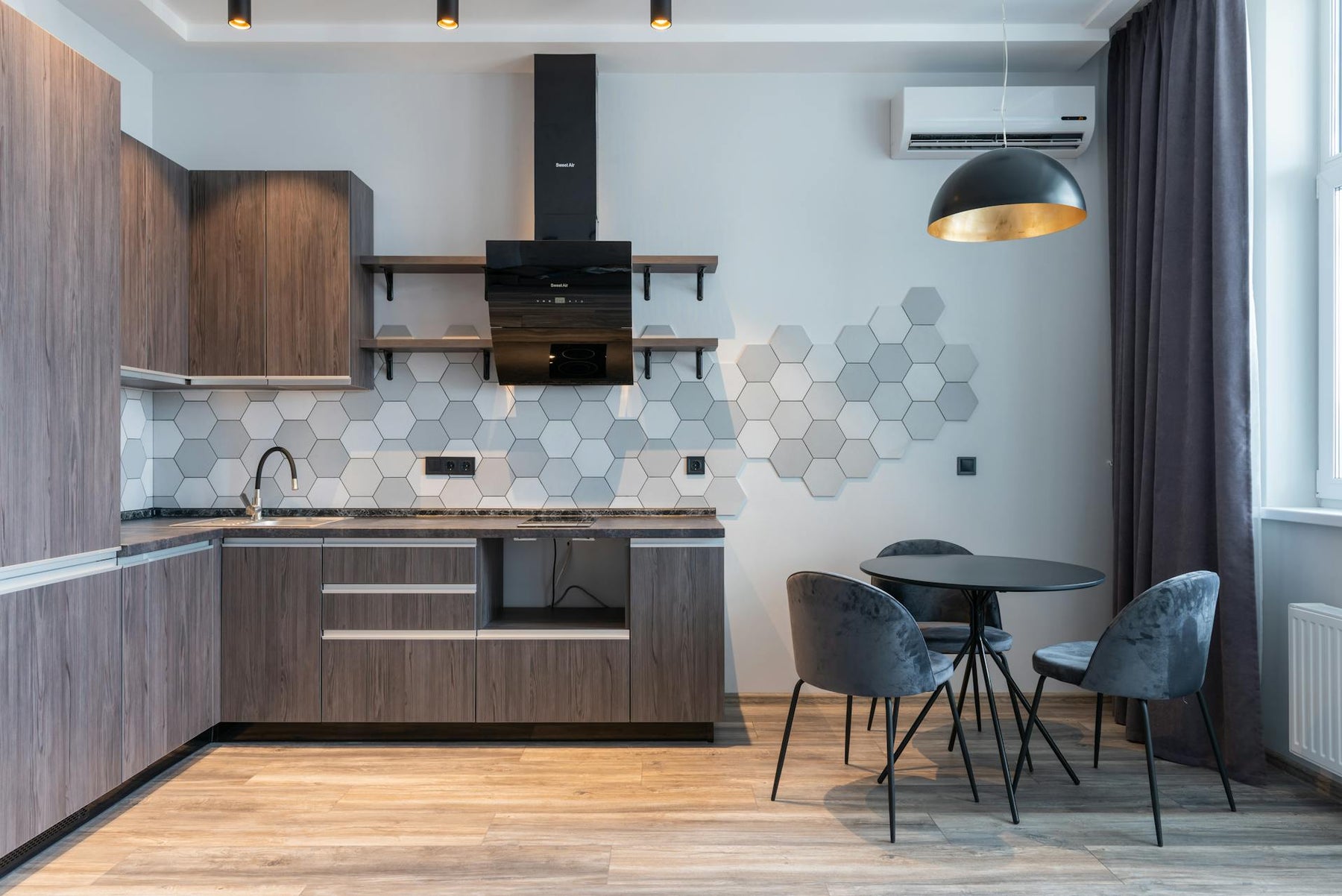
(502) 783-7995
(502) 783-7995


When it comes to keeping our homes warm and cozy, there are various heating systems available, each with its own set of advantages and drawbacks. Two popular options that often find themselves in the spotlight are radiant floor heating and forced air heating.
While both systems aim to provide warmth during the chilly months, they differ significantly in their mechanisms and efficiency. In this article, we will explore the nuances of radiant floor heating vs forced air heating, shedding light on the benefits of electric radiant floor heating over the more traditional forced air counterparts.
Radiant floor heating operates on a simple yet highly effective principle. Instead of relying on air circulation, these systems heat the surfaces of the floor directly.
Typically installed beneath the flooring material, electric radiant floor heating systems use underfloor heating cables or underfloor heating mats to generate warmth. The heat generated then rises from the floor, creating a comfortable and uniform warmth that envelops the entire room.
One of the most significant advantages of radiant floor heating is the consistent and even distribution of heat. Unlike forced air systems that often result in temperature variations throughout a room, radiant floor heating ensures that every corner receives the same level of warmth.
This uniformity creates a luxurious and comfortable living environment, eliminating the need for cold spots and drafts that are common with forced air systems.
Forced air heating, on the other hand, relies on heating air and then distributing it through ducts and vents to different parts of the house. While this method has been a staple in many homes for decades, it comes with its own set of challenges.
The air is often blown at a high velocity, creating drafts and temperature imbalances. Additionally, dust and allergens can be stirred up and circulated through the air, potentially causing respiratory issues for some individuals.
One of the primary drawbacks of forced air heating is its inability to maintain consistent warmth across the entire space.
The warm air rises, leaving lower areas cooler and upper areas warmer. This uneven distribution can lead to discomfort and the constant need for adjusting thermostats to achieve the desired temperature.
Electric radiant floor heating systems score a silent victory in the realm of energy efficiency. By directly heating the surfaces, radiant floor systems require less energy to maintain a comfortable temperature.
This is in stark contrast to forced air systems, which expend significant energy to heat the air and then distribute it throughout the house. The radiant heat emitted from the floor also has a longer-lasting effect, reducing the frequency of system operation and consequently lowering energy consumption.
In addition, radiant floor heating systems can be easily zoned, allowing homeowners to control the temperature of individual rooms. This level of customization ensures that energy is not wasted on heating unoccupied spaces, providing a cost-effective and environmentally friendly solution.
The installation and maintenance of heating systems are crucial considerations for homeowners. Radiant floor heating systems have a reputation for simplicity in both installation and upkeep.
The electric cables or mats are installed beneath the flooring during construction or renovation, and once in place, they require minimal maintenance. This reduces the likelihood of breakdowns and the associated repair costs.
Forced air heating systems, with their elaborate ductwork and complex mechanisms, often demand more involved installation processes.
Maintenance involves cleaning and occasionally replacing air filters, as well as addressing any issues within the ductwork. The intricate nature of forced air systems can lead to higher installation and maintenance costs over the long term.
For those with respiratory issues or allergies, radiant floor heating offers a breath of fresh air. Since these systems don't rely on air circulation, there's a significant reduction in the movement of dust, allergens, and other airborne particles.
Forced air systems, on the contrary, can exacerbate respiratory problems by circulating allergens throughout the house.
The quiet operation of radiant floor heating is another health-related advantage. Unlike forced air systems that produce noise during operation, radiant floor heating works silently, providing a peaceful and serene living environment.
While forced air heating systems have been a staple in homes for many years, the numerous advantages of electric radiant floor heating are hard to ignore.
The consistent and even distribution of warmth, energy efficiency, simple installation, minimal maintenance, and health benefits make radiant floor heating an attractive option for modern homeowners. As we strive for comfort and efficiency in our living spaces, the silent victory of radiant floor heating becomes increasingly apparent, offering a cozy embrace that resonates throughout our homes.

Our under floor heating experts will work on the design and layout of your project, for free!